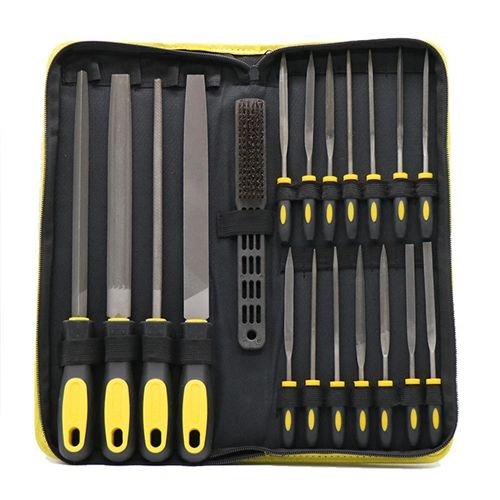shower door adhesive seal
The Importance of Shower Door Adhesive Seal A Comprehensive Guide
When it comes to bathroom renovations or upgrades, one of the most often overlooked elements is the shower door adhesive seal. This seemingly minor component plays a crucial role in ensuring the functionality, aesthetics, and longevity of your shower enclosure. In this article, we will delve into the importance of shower door adhesive seals, their types, installation tips, and maintenance advice.
Understanding Shower Door Adhesive Seals
Shower door adhesive seals are designed to create a watertight barrier between the shower door and the adjacent surfaces. These seals prevent water from leaking outside the shower area, which can lead to mold, mildew, and significant water damage to your bathroom over time. Moreover, they contribute to the overall appearance of your shower setup by hiding unsightly gaps and providing a finished look.
Types of Shower Door Adhesive Seals
There are several types of adhesive seals available, each with its unique features. The most common materials used for these seals include silicone, PVC, and rubber.
1. Silicone Seals Known for their flexibility and durability, silicone seals are ideal for areas exposed to water. They are resistant to mold and mildew, making them a popular choice for bathroom applications.
2. PVC Seals These are typically more affordable and can provide a decent seal. However, they may not offer the same level of durability and flexibility as silicone seals.
3. Rubber Seals Rubber seals are highly durable and can withstand a fair amount of wear and tear. They are particularly suitable for heavy-duty installations.
Installation Tips
Installing a shower door adhesive seal might seem like a simple task, but proper installation is crucial for optimal performance. Here are some tips to consider
- Measure Accurately Before purchasing a seal, measure the length and width of the areas where the seal will be installed. An ill-fitting seal may fail to do its job effectively.
shower door adhesive seal

- Clean the Surface For the adhesive to bond properly, the surface must be clean and dry
. Use a mild cleaner to remove any soap scum, mineral deposits, or old sealant.- Cut to Size Most adhesive seals come in rolls or strips. Cut the seal to the appropriate length, ensuring a snug fit without excessive overlap.
- Apply Even Pressure When attaching the seal, apply even pressure along the entire length to ensure a secure bond.
- Allow Time to Cure If you are using a silicone sealant, allow it to cure for the recommended time before using the shower. This step is essential to ensure a watertight seal.
Maintenance and Care
To prolong the life of your shower door adhesive seal, regular maintenance is essential. Here are some tips
- Regular Cleaning Wipe down the shower area regularly to prevent buildup of soap scum and mineral deposits that can weaken the seal.
- Inspect for Damage Periodically check the seal for any signs of wear, such as cracking or peeling. If you notice any damage, replace the seal promptly to prevent leaks.
- Reapply as Necessary Depending on usage and wear, you may need to replace the seal every few years. Keeping an eye on its condition will help ensure that your shower remains leak-free.
Conclusion
In conclusion, shower door adhesive seals may seem insignificant, but they are vital for maintaining a safe and functional bathroom environment. By understanding their importance, choosing the right type, and following proper installation and maintenance practices, you can enjoy a beautiful and watertight shower enclosure for years to come. Whether you are renovating your bathroom or simply replacing worn-out seals, investing attention and care into this detail will pay off in the long run.
Share
-
The Ultimate Guide to Square Files for Precision WorkNewsJun.26,2025
-
The Power of Flat FilesNewsJun.26,2025
-
Revolutionize Your Craft with High-Performance Rotary FilesNewsJun.26,2025
-
Precision and Durability with Diamond-Coated Needle FilesNewsJun.26,2025
-
Essential Tools for Precision Work: Round Metal Files and MoreNewsJun.26,2025
-
Essential Tools for Precision Sharpening: Triangular FilesNewsJun.26,2025







